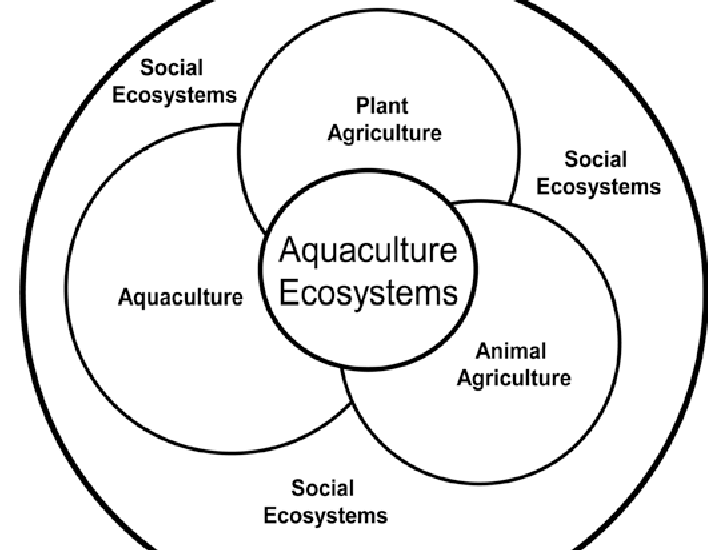The recent developments and advancements in the marine industry have made it possible for big conglomerates to harvest aquatic food and plants in the open ocean. This process is known as aquaculture, and it strives with the clear concept of harmonizing the ocean ecosystem with the proper utilization of natural and man-made resources. Farming in the ocean comes with as many limitations as unique as it sounds because underwater habitats and plant life are fully exposed to threatening and endangering situations. Aquaculture works on rebuilding these habitats and replenishing the lost resources with efficient use of resources.
Types of Aquaculture and their relevance
Aquaculture in India is mainly divided into freshwater and brackish water. Both have their techniques and processes and prove their relevance at required times. India holds a position to host more than 10 global fish diversities, making it a flourishing land to conduct aquaculture activities. The coastal areas in India are healthy, and the oceanic life contributes a good percentage to uplifting the economy, whether on a local level or a national level.
- Freshwater Aquaculture involves breeding fresh species of fish, prawns, and shrimps with equally designated techniques. It also consists of the maintenance of freshwater pearl culture and ornamental fish farming, which in itself has a major role in boosting the revenue and economy of India at the export level. The breeds included are catla, carp, rohi, magur and others.
- Brackish Aquaculture involves breeding fish that habitat the sea or have a longer life span in the sea with multiple species. This aquaculture practice is conducted in the states of Andhra Pradesh, West Bengal, Kerala, and Goa, mainly in the exposed coastal areas. It is done by feeding the fish with rice and oil cakes, snail, clam, and mussel meat. In some cases, a mixture is also prepared which contains all kinds of meats to have a greater harvest.
Things that are focussed upon while conducting aquaculture activities in India
- Water hardness – The pH level of the water determines its hardness which is an essential part of any aquaculture activity. Every step is initiated after checking the hardness of water to ensure the safety of species and the quality of harvesting.
- Acidity/Alkalinity — Acidic or alkaline water might lead to poor harvesting and loss of species at certain times of the year. The water’s acidic level is dynamic and therefore is very important for the coastal farmer to keep in mind the level of alkalinity before deploying any resource.
- Contaminants and Industrial chemicals — Sea water receives high amounts of dangerous and hazardous industrial chemicals, and the farmer is responsible for adjusting the water quality level for safe standards by using chemicals like sodium nitrate, which helps prevent algae formation and formaldehyde for bactericide.
Companies in India are thriving towards a balanced ecosystem of aquaculture across all domains, which has promoted the country’s marine sector. Varun Thapar is one such visionary who has maintained a sustainable aquaculture practice in India with the KCT Group, which has collaborated and organized the aquaculture sector of India in an excellent way.
